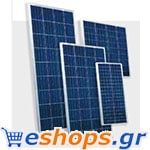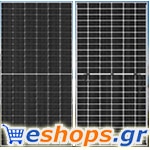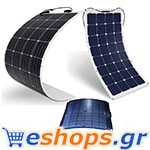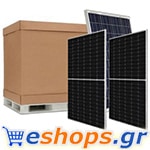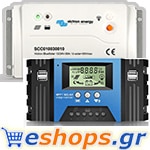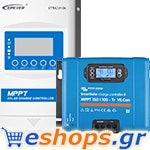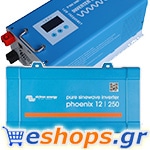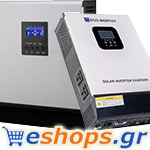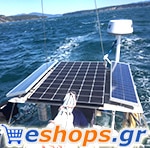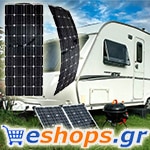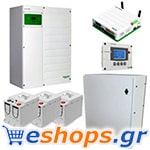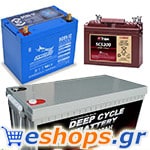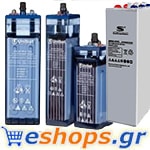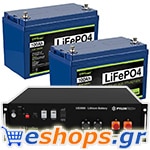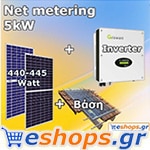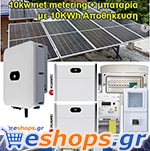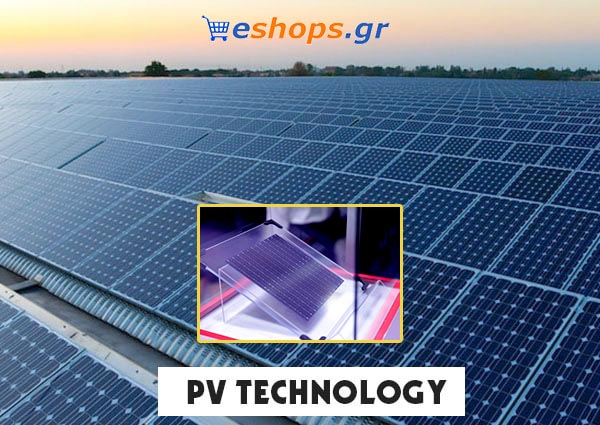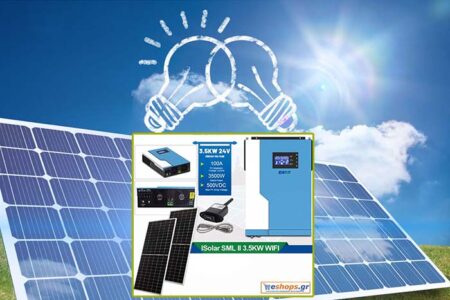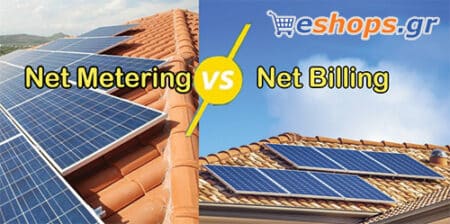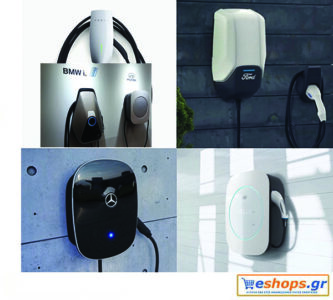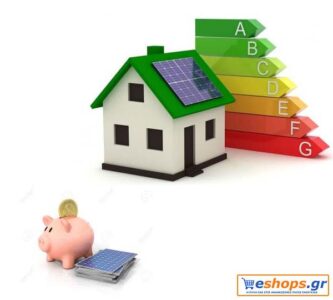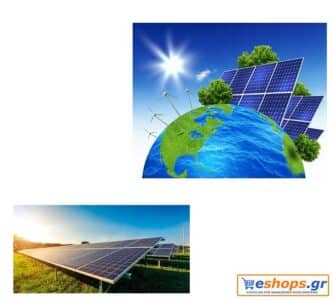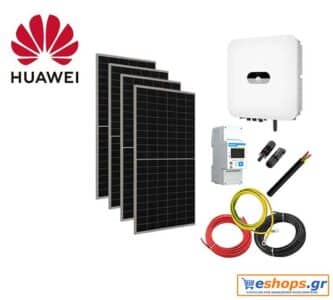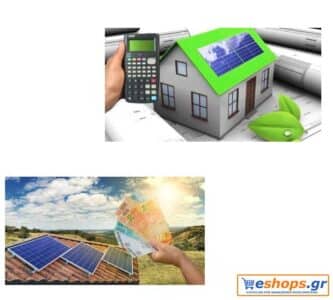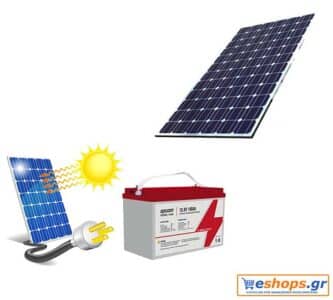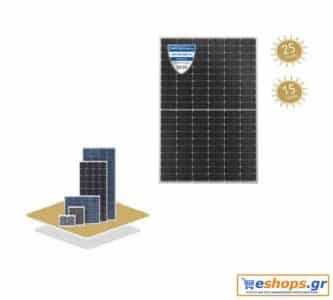New Photovoltaic technology

Photovoltaic technology - prices offers
Photovoltaic is undoubtedly the most economical and large-scale clean energy at the moment. It is also the "leader" for promoting the energy revolution and achieving the "double carbon" goal. Regarding New Photovoltaic technology, industry experts believe that by the end of 2022, the world may achieve solar-to-storage parity for the first time. Which means that the logic of replacing fossil energy with new energy has opened up and the logical long-term development of Photovoltaics.
Priority for continuous innovation in New Photovoltaic technology is cost reduction. The industry believes that after silicon wafers, in the next 10 years, the biggest technological change that will drive PV growth will be on the battery side. 2022 will be the first year for the industrialization of N-type batteries. Regarding the technical path, we expect the development in parallel and for a long time of heterojunction (HIT/HJT), TOPCON, etc.
New Photovoltaic technology and Lithium Batteries
Batteries and energy storage devices are essential components of a solar photovoltaic power generation system to store electricity. Its main function is to store the electrical energy of the photovoltaic power generation system. Also to provide power to the load when the amount of sunlight is insufficient. That is, at night and in emergency situations. Energy storage batteries consist of lead-acid batteries, alkaline batteries, lithium batteries and supercapacitors, which we can use in different cases or products. Currently, lithium batteries are the fastest growing.
Working principle and basic structure of lithium battery
A lithium ion battery is a rechargeable battery. Its function is mainly in the movement of lithium ions between the positive and negative electrodes to work. During the charging and discharging process, Li+ is interpolated and decompressed back and forth between the two electrodes. When the battery is charged, Li+ is discharged from the positive electrode. It interferes with the negative electrode through the electrolyte and the negative electrode is in a lithium-rich state; during discharge, the opposite is true. Batteries usually use lithium-containing materials as electrodes. These are representative of modern high performance batteries.
Compared with other electrochemical currents, lithium-ion batteries have many advantages of their own, namely, light weight, large energy storage capacity, high power, no pollution, long life, small self-discharge coefficient and wide temperature adjustment range. Quality power uses lithium-ion batteries for reliability control, backup power, peak shaving, power management, renewable energy storage, etc.
Hybrid inverter: What is it and what is it for?
As the name suggests, hybrid inverters are an efficient combination of PV and battery inverter. They combine the functions of an inverter with those of a solar battery in one device and are therefore space-saving and flexible. Investing in a hybrid inverter makes a lot of sense in conjunction with installing an energy storage system. As there is also less effort and installation cost.
Characteristics of hybrid inverters
Hybrid inverters are for working with high battery voltages.
In this sense, on the market we can find different models of hybrid inverters. Voltages start from 48 V up to 500 V according to the characteristics presented by each hybrid inverter. Hybrid inverters usually run on Ion-Lithium or GEL batteries.
Likewise, these are the different modes of operation presented by this type of converter:
Isolated operation
Consumption of the network will only exist when the batteries they do not show charging and there is no type of solar generation. Solar kits will only work during sunny hours.
Backup mode
Hybrid inverters will connect to the grid only when it is available. The hybrid inverter will feed the grid with all surplus production. These systems will absorb the power peaks of the consumption made by the grid, while allowing a reduction of the power that has been contracted.
Self-consumption function
Priority is the direct consumption of solar energy. Panels and batteries power them. Depending on the installation, an anti-leakage aid may also be incorporated into the hybrid converter.
Network support function
The output power of the photovoltaic installation is adjusted by the solar inverters. In this way they set a predetermined value. Thus achieving a constant hold, or it may also be the case of maintaining control of a ramp change from the supplied power. To achieve this it is necessary to have an external auditor.
In addition, something worth noting is the fact that hybrid inverters or energy managers are an innovation and part of the future of solar installations. They optimize and make more efficient use of solar energy. Thus achieving a reduction from the electrical grid.
In turn, the use and development of more efficient lithium batteries can bring a significant and revolutionary advance in the energy sector. The best can happen in a short time.
What is an On-Grid or T-Grid Inverter?
In photovoltaic solar energy systems where we only connect them to the electrical supply network. Also, when energy is available, this system will use the energy produced by the sun back into the electrical grid.
What is an off-grid inverter?
It is an autonomous photovoltaic system without connection to the electricity grid. Photovoltaic generators exclusively produce energy for consumption. Still the batteries will store the excess energy.
